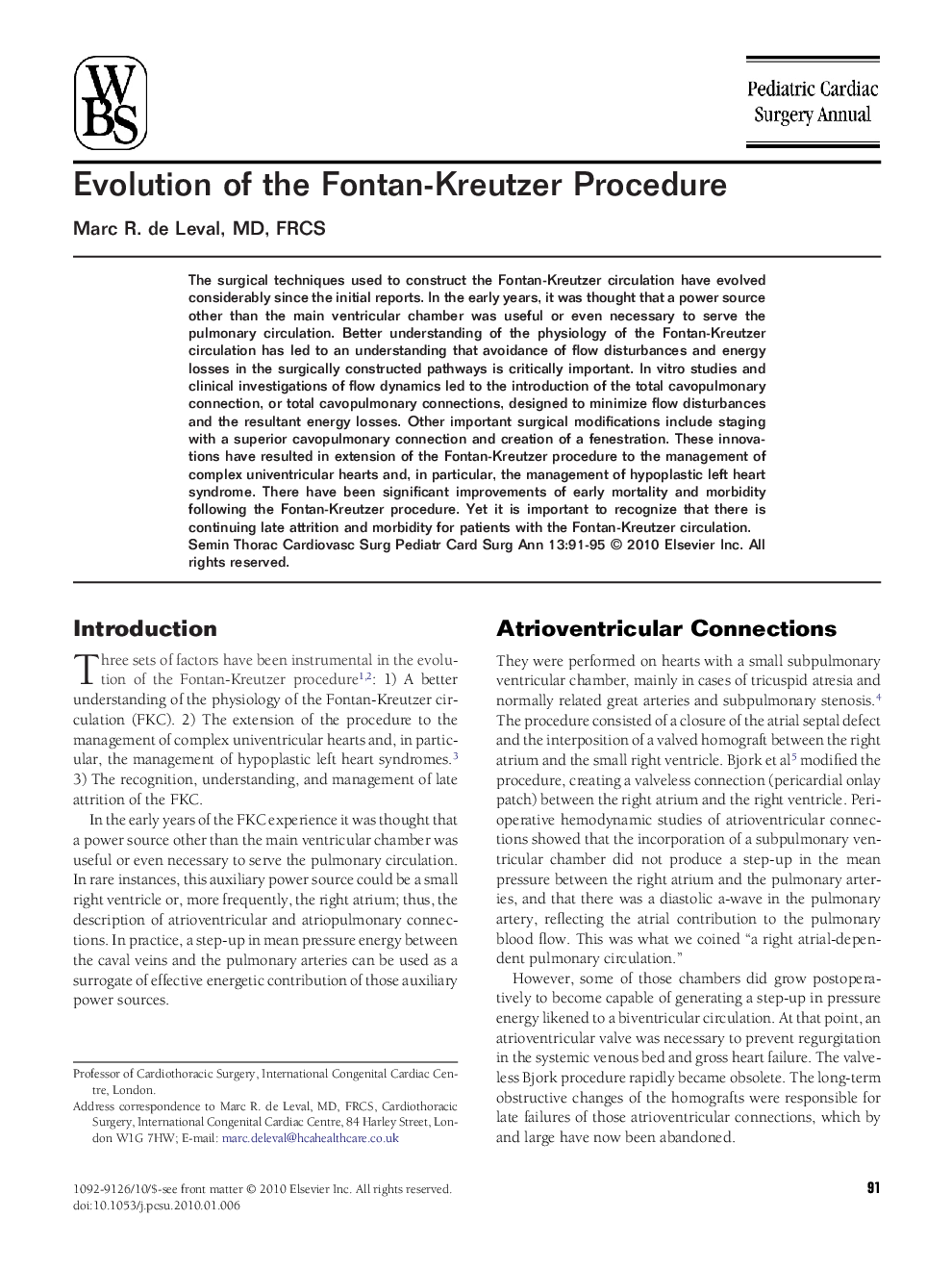| Article ID | Journal | Published Year | Pages | File Type |
|---|---|---|---|---|
| 3026039 | Seminars in Thoracic and Cardiovascular Surgery: Pediatric Cardiac Surgery Annual | 2010 | 5 Pages |
The surgical techniques used to construct the Fontan-Kreutzer circulation have evolved considerably since the initial reports. In the early years, it was thought that a power source other than the main ventricular chamber was useful or even necessary to serve the pulmonary circulation. Better understanding of the physiology of the Fontan-Kreutzer circulation has led to an understanding that avoidance of flow disturbances and energy losses in the surgically constructed pathways is critically important. In vitro studies and clinical investigations of flow dynamics led to the introduction of the total cavopulmonary connection, or total cavopulmonary connections, designed to minimize flow disturbances and the resultant energy losses. Other important surgical modifications include staging with a superior cavopulmonary connection and creation of a fenestration. These innovations have resulted in extension of the Fontan-Kreutzer procedure to the management of complex univentricular hearts and, in particular, the management of hypoplastic left heart syndrome. There have been significant improvements of early mortality and morbidity following the Fontan-Kreutzer procedure. Yet it is important to recognize that there is continuing late attrition and morbidity for patients with the Fontan-Kreutzer circulation.
